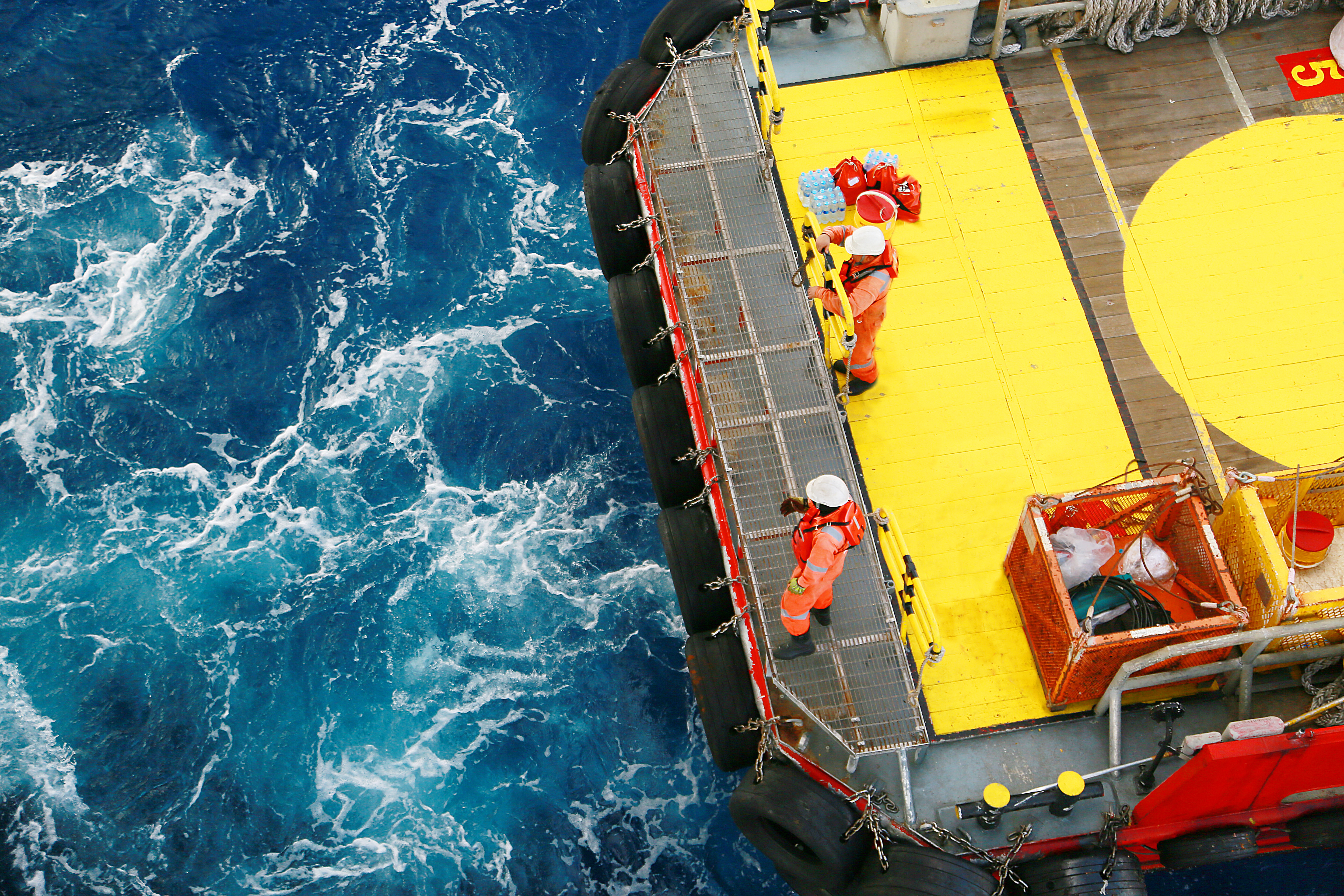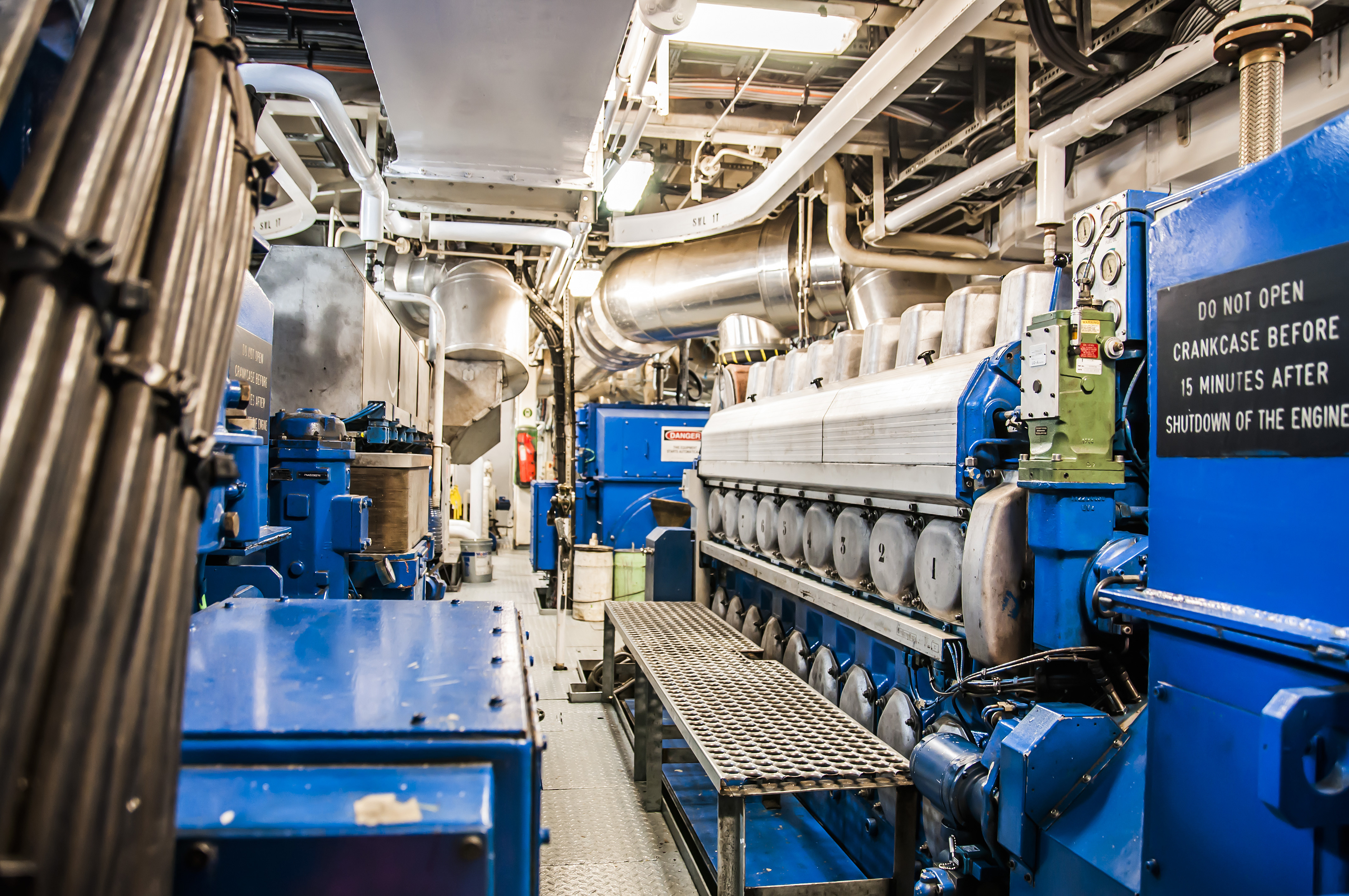for Marine Piping Systems
GGS understand the characteristics of marine piping systems, how and where damage can occur, and how it progresses over time. This results in an approach that is specific to your environment and testing that is conscious of the functions of your system. Whether you are performing a routine assessment, evaluating for maintenance or need to learn more about suspect areas, our experience ensures pragmatic results.
Erosion/Corrosion
Internal degradation of pipe wall thickness due to high velocity material impacting the pipe. This usually occurs at flow direction changes such as elbows, tees, and reducers. The impacting material can be solid particulates entrained in a liquid process stream, or liquid droplets entrained in a vapor process stream.
Corrosion Under Insulation (CUI)
CUI in a water distribution system is dependent on the ambient humidity, the temperature of the piping, and whether or not the piping is exposed to the elements. Once water is in contact with the carbon steel pipe within the insulation, external corrosion will continue to progress until arrested.
Any water that has entered the insulation will either freeze on the pipe (if it is operating at or below 32F), or it will remain a liquid. This liquid may travel considerable distances from where it was first introduced into the insulation. Ice will not corrode the surface of the carbon steel piping, but liquid water will seek the lowest and/or coldest point in the piping system and remain a constant threat to the integrity of piping.
Chemical Corrosion
Constituents of fuel, grey water, waste water, and process chemicals may contain highly reactive chemical components. Therefore, marine piping is at risk of interacting with these chemical components, and interaction can lead to degradation. Degradation may cause localized internal pitting or general wall loss. This wall loss occurs relatively uniformly on the internal diameter of the pipe that is in contact with the process fluid.

